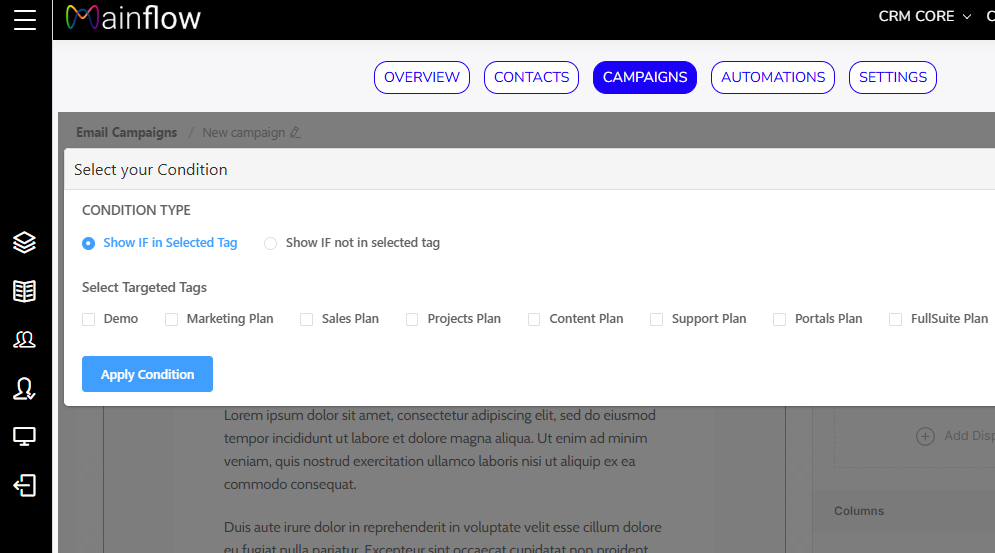Introduction to Marketing Segmentation
Effective marketing hinges on connecting with audiences on a personal level. But with wide-ranging consumer profiles, a blanket strategy can fail. That’s where marketing segmentation plays a pivotal role—dividing your audience into well-defined subgroups so that your messages resonate and convert.
Why Segmentation Is a Game-Changer
Segmenting your audience unlocks several competitive advantages:
- Enhanced Engagement: Speak directly to what your segments care about.
- Higher Conversion Rates: Tailor offerings that built precisely for your audience.
- Improved Customer Retention: Personal relevance keeps customers coming back.
- Stronger Brand Positioning: Stand out with focused, needs-based messaging.
- Maximized ROI: Optimize campaigns and budgets by targeting high-impact segments.
Segmentation in Email Marketing: The Value of Personalization
In email marketing, segmentation is key to cutting through inbox noise. Benefits include:
- Higher Open Rates via personalized subject lines.
- Better Click-Through with relevant content.
- Improved Sales by aligning offers with subscriber needs.
- Lower Churn, as tailored messages reassure subscribers.
- Enhanced Brand Image, by appearing customer-first and attentive.
- Richer Insights from segment-specific feedback and data.
- Greater Campaign Flexibility, enabling A/B testing across distinct segments.
The “Big 5” Segmentation Strategies
| Segmentation Type | Description | Why It Matters & Example |
|---|---|---|
| Demographic | Segments by age, gender, income, education, occupation, marital status | Targets offerings—e.g., high-income earners see luxury products; young consumers get trendy tech |
| Geographic | Divides audiences by location types—region, city, climate, population size | Adjusts offers to climate or urban/rural behavior—e.g., heavy coats in cold regions |
| Psychographic | Focuses on lifestyle, values, personality traits, and interests | Connects emotionally—e.g., adventure gear for thrill-seekers; eco-products to socially conscious buyers |
| Behavioral | Based on customer actions like usage rate, loyalty, purchase timing | Triggers tailored messaging—cart abandonment emails, loyalty rewards, occasion-based offers |
| Firmographic | Applies to B2B—segments by company size, industry, revenue, and location | Aligns B2B marketing—e.g., CRMs to online-centric businesses |
| (Keywords: demographic segmentation, behavioral segmentation, firmographic segmentation, B2B marketing) |
Expanded Segmentation Techniques
Explore deeper with:
- Technographic: Segment by tech use and preferences.
- Transactional: Sort based on past purchases.
- Generational / Life-Stage: Target Millennials versus Gen Z or Boomers.
- User Status: Differentiate prospects, new users, and loyal customers.
Your 5-Step Segmentation Playbook
- Define Objectives & Audience – Clarify your why and who with data-driven insights.
- Select the Right Variables – Pick variables that best align with your goals (e.g., demographic vs. psychographic).
- Build Detailed Customer Profiles – Know each segment’s wants and triggers.
- Customize Marketing Tactics – Use targeted messaging, tailored offerings, and segment-specific campaigns.
- Monitor, Analyze & Revise – Track performance, gather feedback, and refine for better outcomes.
Conclusion
In a saturated digital landscape, segmentation isn’t optional—it’s essential. Whether you’re using demographic, psychographic, behavioral, geographic, or firmographic segmentation, the key is to deeply understand your segments and craft messaging that speaks to them. Start implementing these strategies today and watch your audience engagement—and conversions—soar.
